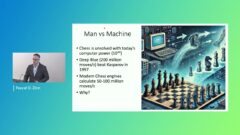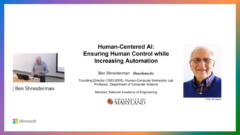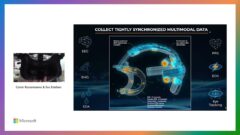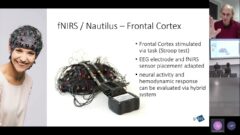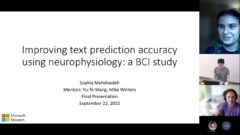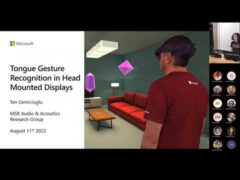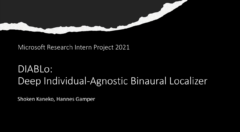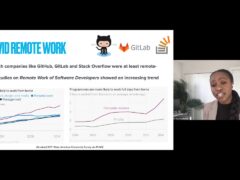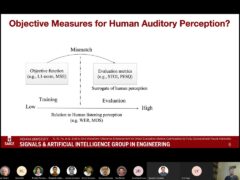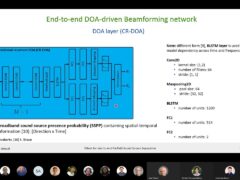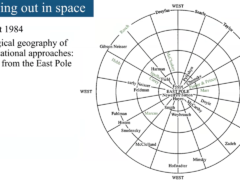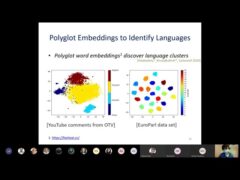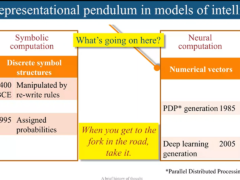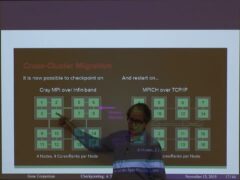MSR Talk Series: Visualization Analysis and Design
- Tamara Munzner | University of British Columbia
Biomaterials Computer-based visualization (vis) systems provide visual >representations of datasets designed to help people carry out tasks more effectively. Visualization is suitable when there is a need to augment human capabilities rather than replace people with computational decision-making methods. The design space of possible vis idioms is huge, and includes the considerations of both how to create and how to interact with visual representations. Vis design is full of trade-offs, and most possibilities in the design space are ineffective for a particular task, so validating the effectiveness of a design is both necessary and difficult. Vis designers must take into account three very different kinds of resource limitations: those of computers, of humans, and of displays. Vis usage can be analyzed in terms of why the user needs it, what data is shown, and how the idiom is designed. I will discuss this framework for analyzing the design of visualization systems.
Speaker Details
Tamara Munzner is a professor at the University of British Columbia Department of Computer Science, and holds a PhD from Stanford. She has been active in visualization research since 1991 and has published over sixty papers and book chapters. Her book Visualization Analysis and Design appeared in 2014. She co-chaired InfoVis in 2003 and 2004, co-chaired EuroVis in 2009 and 2010, and is chair of the VIS Executive Committee. She has worked on visualization projects in a broad range of application domains, including genomics, evolutionary biology, geometric topology, computational linguistics, large-scale system administration, web log analysis, and journalism.
-
-
Jeff Running
-
-
Series: Microsoft Research Talks
-
Decoding the Human Brain – A Neurosurgeon’s Experience
- Dr. Pascal O. Zinn
-
-
-
-
-
-
Challenges in Evolving a Successful Database Product (SQL Server) to a Cloud Service (SQL Azure)
- Hanuma Kodavalla,
- Phil Bernstein
-
Improving text prediction accuracy using neurophysiology
- Sophia Mehdizadeh
-
Tongue-Gesture Recognition in Head-Mounted Displays
- Tan Gemicioglu
-
DIABLo: a Deep Individual-Agnostic Binaural Localizer
- Shoken Kaneko
-
-
-
-
Audio-based Toxic Language Detection
- Midia Yousefi
-
-
From SqueezeNet to SqueezeBERT: Developing Efficient Deep Neural Networks
- Forrest Iandola,
- Sujeeth Bharadwaj
-
Hope Speech and Help Speech: Surfacing Positivity Amidst Hate
- Ashique Khudabukhsh
-
-
-
Towards Mainstream Brain-Computer Interfaces (BCIs)
- Brendan Allison
-
-
-
-
Learning Structured Models for Safe Robot Control
- Subramanian Ramamoorthy
-

